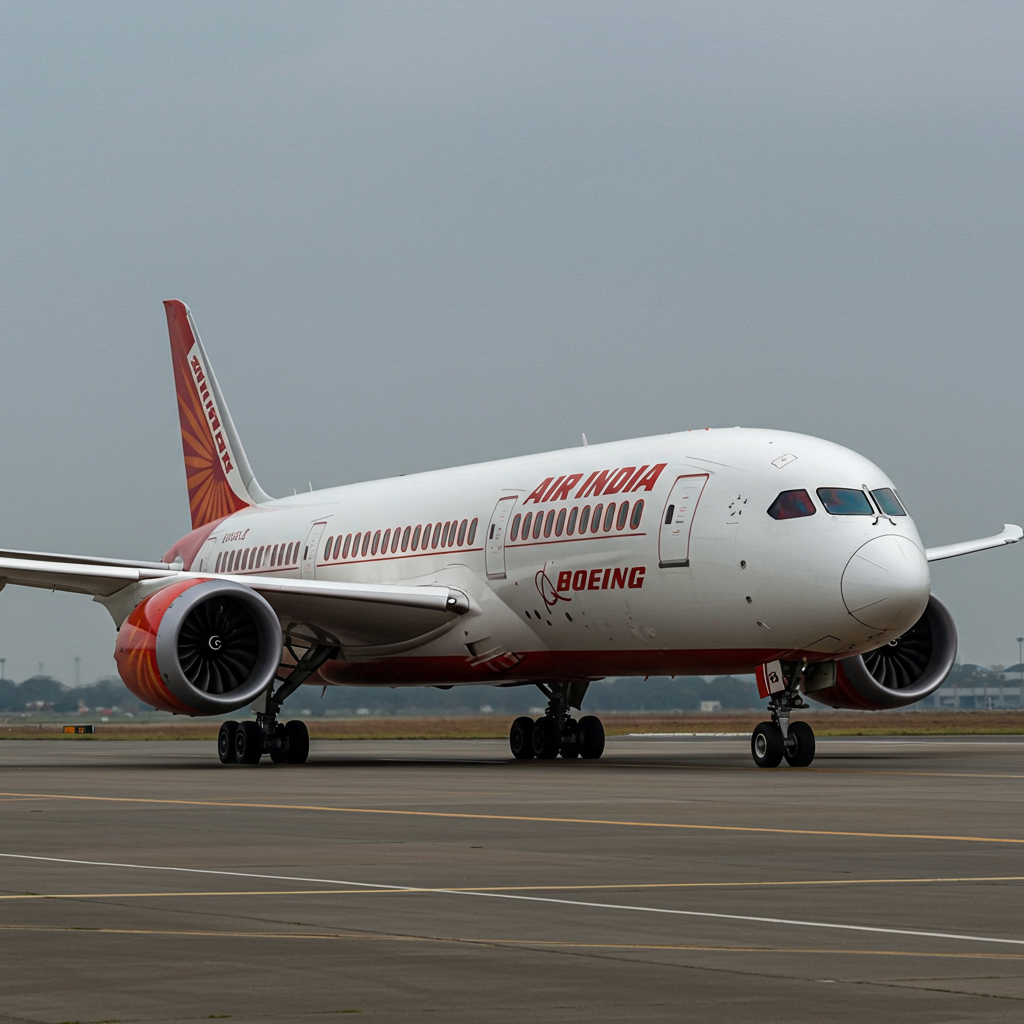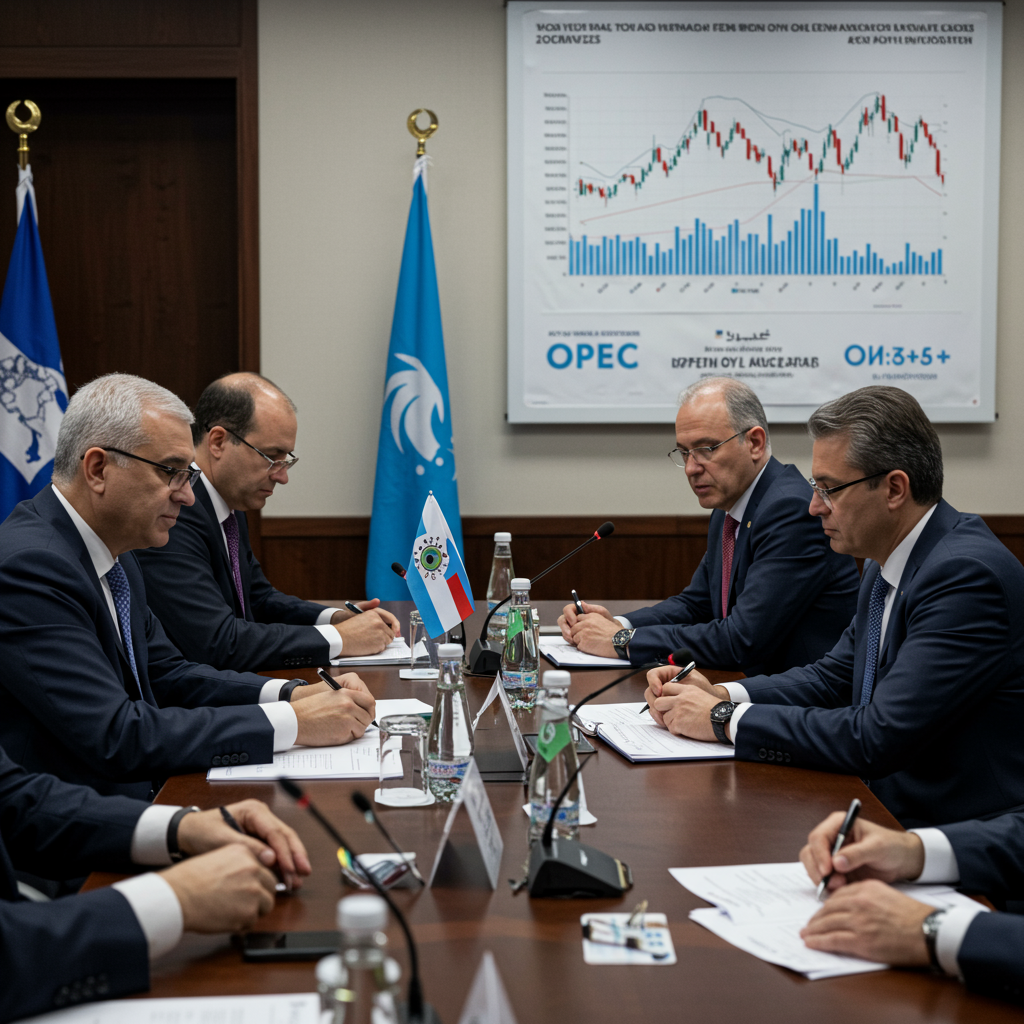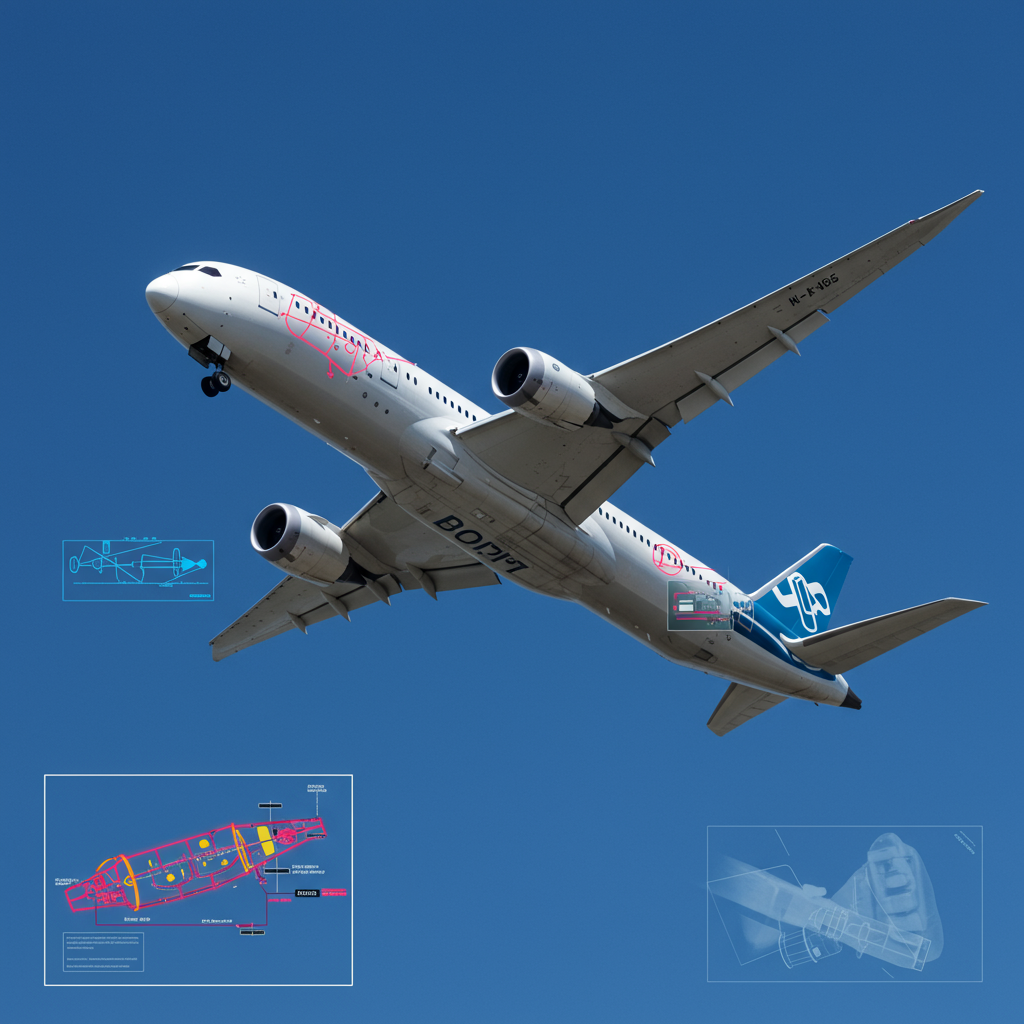Air India 787 Dreamliner Crash: A Fresh Blow to Boeing’s Reputation
Just last month, Boeing marked a significant milestone: its 787 Dreamliner aircraft had carried its billionth passenger since its launch merely 14 years ago. The model, a familiar sight on intercontinental routes, had built a reputation for safety and reliability. However, that standing is now facing intense scrutiny following the tragic Air India flight AI171 crash in Ahmedabad, India, involving a 787-8 Dreamliner on June 12, 2025.
This devastating incident, the first fatal crash involving a Boeing 787 model according to aviation safety networks, adds another layer of pressure to an aerospace giant already grappling with profound financial, production, and safety challenges. While investigators are only beginning their work, the crash immediately puts Boeing back in the spotlight during a tumultuous period for the company.
Tragic Details Emerge
Air India Flight 171, operating from Ahmedabad’s Sardar Vallabhbhai Patel International Airport en route to London Gatwick, went down shortly after takeoff. The aircraft, a Boeing 787-8 registered VT-ANB, crashed into a building near the airport perimeter, specifically impacting the cafeteria of a local medical college hostel in the Meghaninagar area.
The scale of the tragedy is immense. Out of 242 people on board (230 passengers and 12 crew members), 241 perished. The crash also resulted in the deaths of five medical students on the ground inside the affected building, bringing the total fatalities to 246. The only known survivor from the aircraft is a British national of Indian origin, currently hospitalized after what has been described as a “miracle.”
The aircraft was carrying a substantial amount of fuel, estimated at nearly 125,000 liters, which contributed to high-temperature fires upon impact, leaving little chance for survival. The pilot reportedly issued a “Mayday” call indicating an emergency just before the plane went down, approximately five minutes after departing the runway.
What Caused the Crash? Expert Insights
Authorities have launched a full investigation, but the definitive cause of the crash will take time to determine, relying heavily on the recovery and analysis of the aircraft’s black boxes – the flight data and cockpit voice recorders.
Initial observations and expert opinions offer some potential insights, though nothing is conclusive. Footage of the crash site reportedly shows the plane descending over a residential area before the impact and subsequent fireball.
Speaking to a university professor and airplane engineer specializing in jet engines, potential mechanical issues and operational factors are being considered. Observations from crash footage have highlighted the position of the plane’s flaps, crucial components extended for takeoff to increase wing lift. While the landing gear was down (normal immediately post-takeoff), any issue with flap deployment, either due to mechanical failure (like hydraulic or motor problems) or human error (improper setting), could impact lift generation. However, crews typically verify flap settings before takeoff.
A leading potential culprit being discussed, particularly given the “Mayday” call, is engine failure. Takeoff is the phase of flight where maximum thrust is critical, and both engines are necessary for sufficient lift. Potential engine problems could include a stall or compressor stall (often with a loud bang), insufficient thrust setting, internal mechanical failure (corrosion, blade issues), bird strikes, or a malfunction in modern automatic throttle systems. As one pilot noted regarding crashes generally (excluding the 737 Max), human error in the cockpit is a more frequent cause than manufacturer defects, though the Air India investigation will explore all possibilities. Even former US President Donald Trump, commenting on the incident, observed that it appeared the engines lost power.
Ultimately, experts suggest the crash resulted from the aircraft losing sufficient lift and stalling. The central task for investigators is to pinpoint precisely what caused this loss of lift, with engine failure standing out as a primary possibility based on initial information and the emergency call, alongside other potential factors including improper handling or mechanical issues.
Not the 737 Max, But Still Painful
It is critical to distinguish this incident from the previous, highly publicized fatal crashes involving Boeing’s 737 Max aircraft in Indonesia and Ethiopia in 2018 and 2019. Those tragedies, which killed hundreds, were specifically linked to a software fault in the MCAS system and led to a global grounding of the 737 Max fleet for 18 months. The 787 Dreamliner, until this week, had not been involved in a fatal accident with passenger casualties, and the 787-8 model specifically had no prior fatal incidents.
Despite the technical distinction and the lack of immediate evidence pointing to a similar manufacturer fault in the Air India crash, the tragedy inevitably links Boeing’s name to another major aviation disaster. This association is particularly impactful in an industry effectively dominated by a duopoly of Boeing and Airbus.
Against a Backdrop of Turmoil
The Air India crash comes at an exceptionally difficult time for Boeing. The company has been facing intense scrutiny and significant operational and financial headwinds over the past few years. Last year alone, Boeing reportedly lost nearly a billion dollars a month as it battled a complex mix of issues, including a safety crisis, persistent quality control problems on the production line, and a damaging seven-week workers’ strike.
Recent high-profile incidents have further battered confidence. In January 2024, a door plug detached from a Boeing 737 Max midway through an Alaska Airlines flight, an event that later led to Boeing paying $160 million in compensation. The company also previously reached a $428 million settlement with Southwest Airlines to cover financial damages incurred during the long-term grounding of its 737 Max fleet.
Beyond financial settlements, serious questions have been raised repeatedly about Boeing’s safety practices and manufacturing quality. In 2019, a former quality control manager, John Barnett (who tragically died by suicide last year), alleged that under-pressure workers were deliberately fitting sub-standard parts to aircraft. More recently, engineer Sam Salehpour claimed he faced harassment and threats after raising concerns about the structural integrity and production quality of the 787 Dreamliner itself, among other models. Boeing has denied these specific allegations while stating retaliation is prohibited and employee reporting of concerns has increased significantly, which they present as progress toward a better safety culture. Reports from April 2024 also highlighted potential issues with improperly fastened sections of the 787, which Boeing had downplayed as not an immediate safety risk at the time.
Adding to the pressure, Boeing recently navigated significant legal challenges stemming from the earlier 737 Max crashes. Just last month, the company narrowly avoided criminal prosecution by reaching a deal with the US Department of Justice (DoJ). The agreement saw Boeing admit to a “conspiracy to obstruct and impede” an FAA investigation and agree to pay over $1.1 billion in fines – a resolution met with dismay by victims’ families who had hoped for a trial.
Immediate Repercussions and the Road Ahead
The immediate impact of the Air India crash was felt quickly. Boeing’s stock shares dipped nearly 5% in New York trading following the news.
The company’s leadership has seen considerable turnover amid these crises. The current Chief Executive, Kelly Ortberg, came out of retirement a year ago with the stated mission to revive the struggling company, promising a renewed focus on safety culture and a return to profitability.
However, the Air India tragedy presents Ortberg and his team with yet another severe crisis to manage. Boeing has stated its deepest condolences for the victims and pledged full support to the investigation being led by India’s Aircraft Accident Investigation Bureau, with assistance from the US National Transportation Safety Board and Britain’s Air Accidents Investigation Branch.
While the official investigation is paramount to determining the specific cause of the Air India crash, the incident undeniably compounds Boeing’s existing struggles. It reignites public and regulatory concerns about the manufacturer’s aircraft and production processes, adding a significant new challenge to its difficult journey towards restoring its reputation and financial health. The outcome of the investigation and Boeing’s response will be critical in determining the long-term implications for the company and trust in its aircraft.




